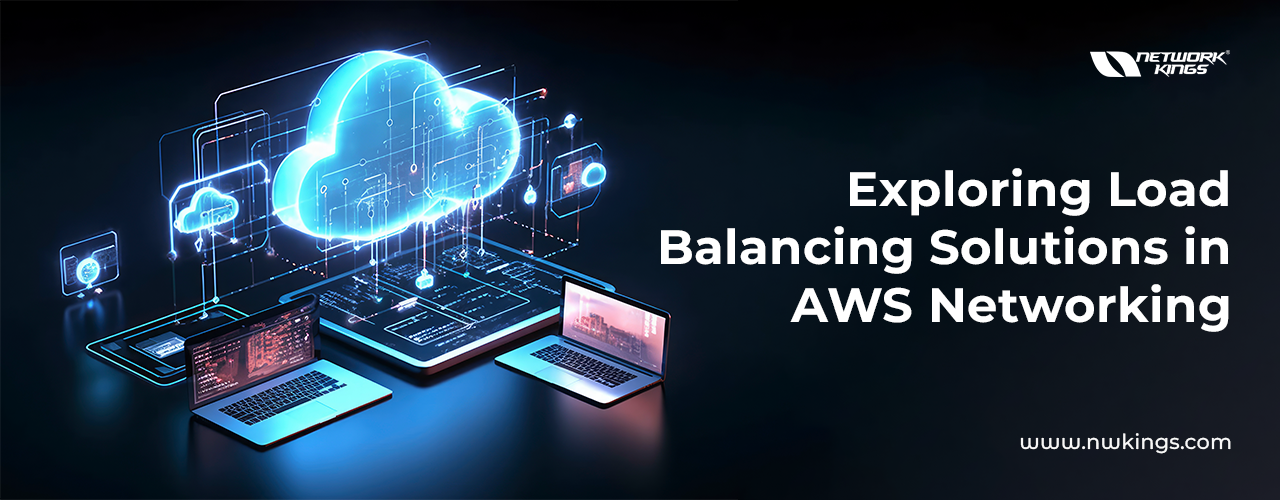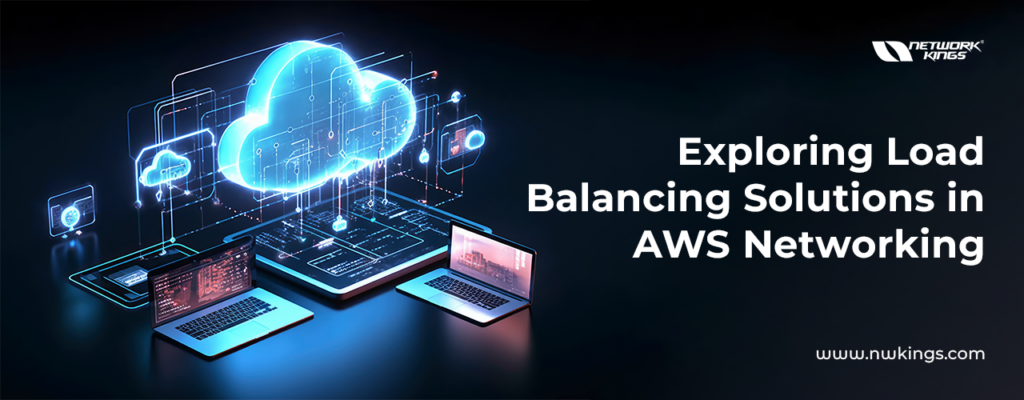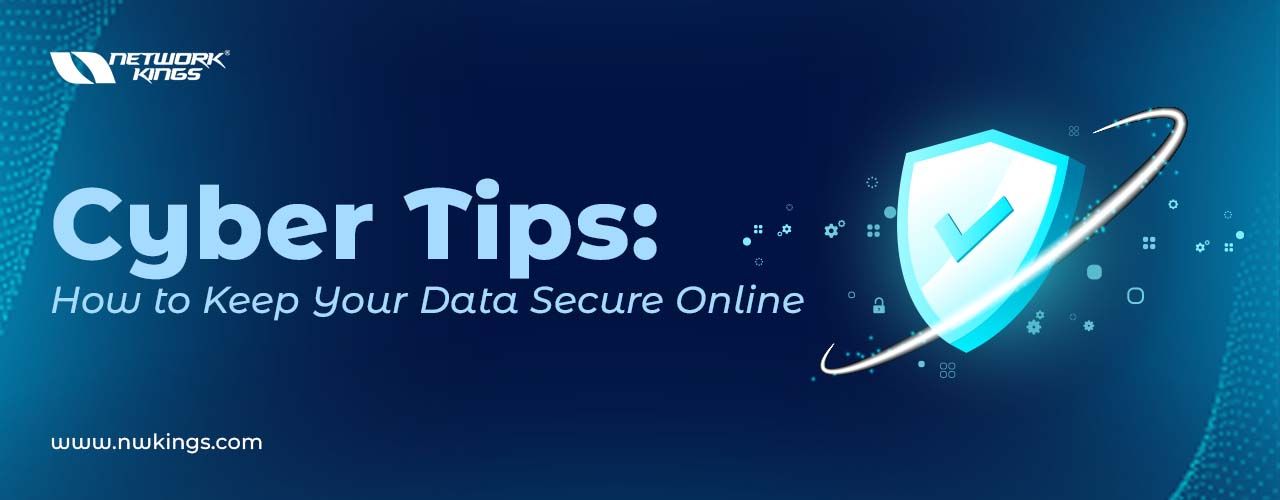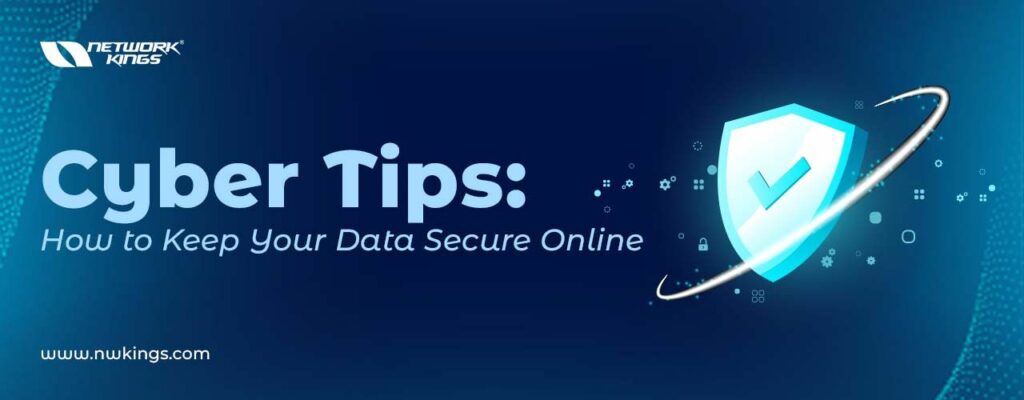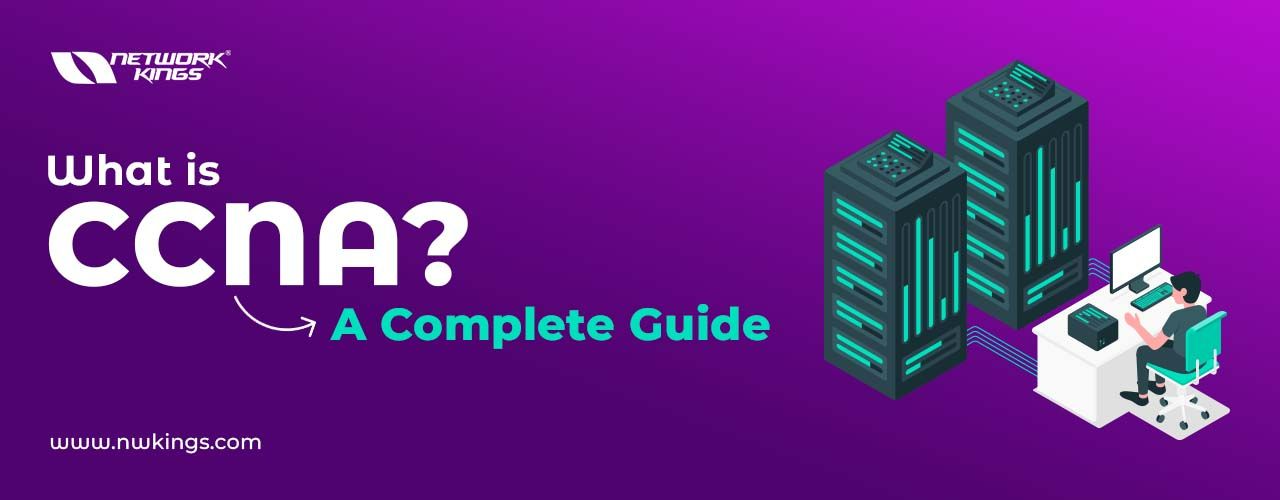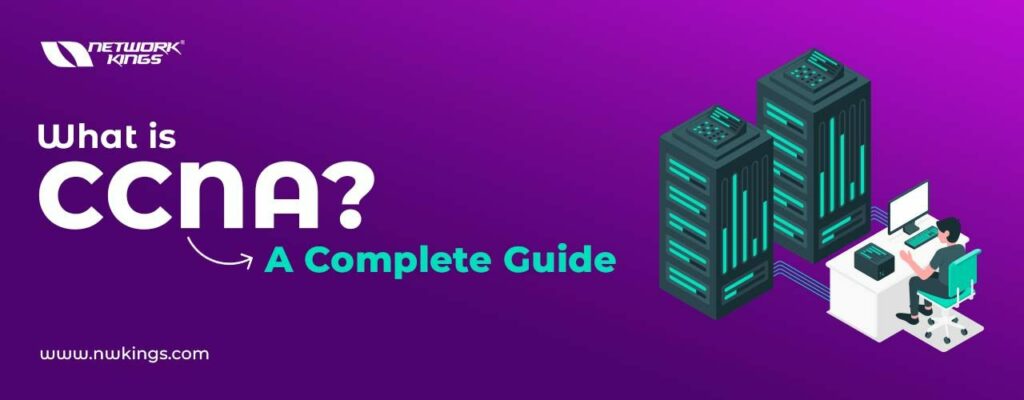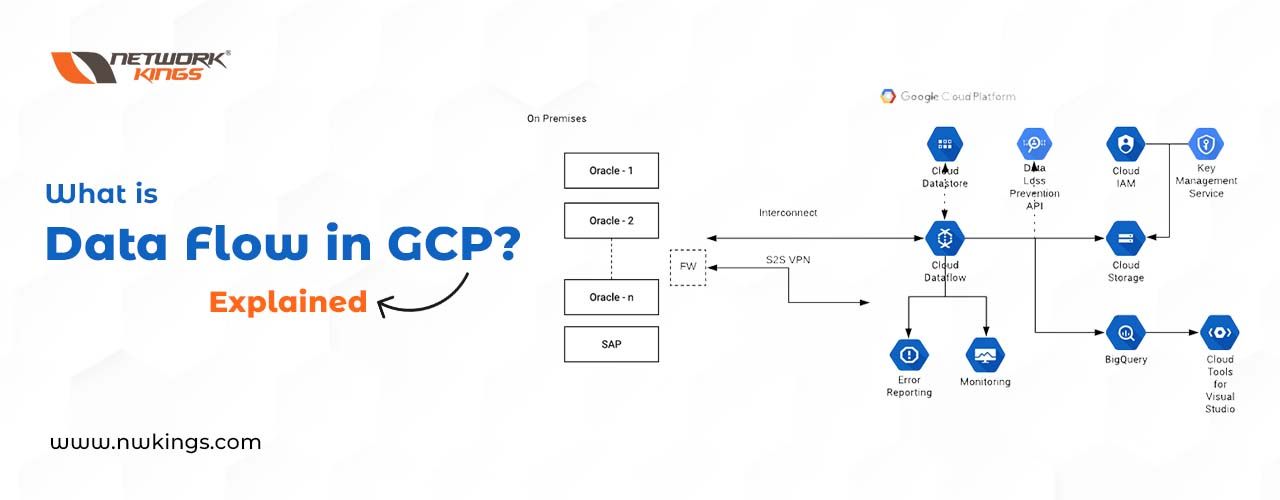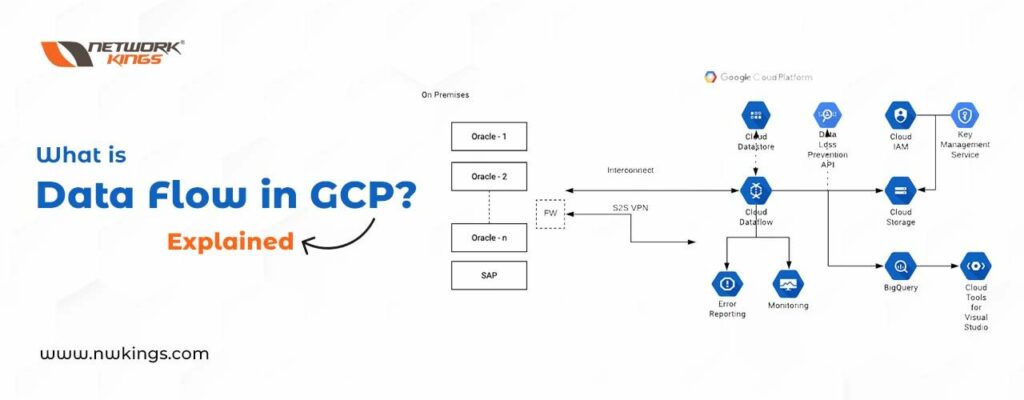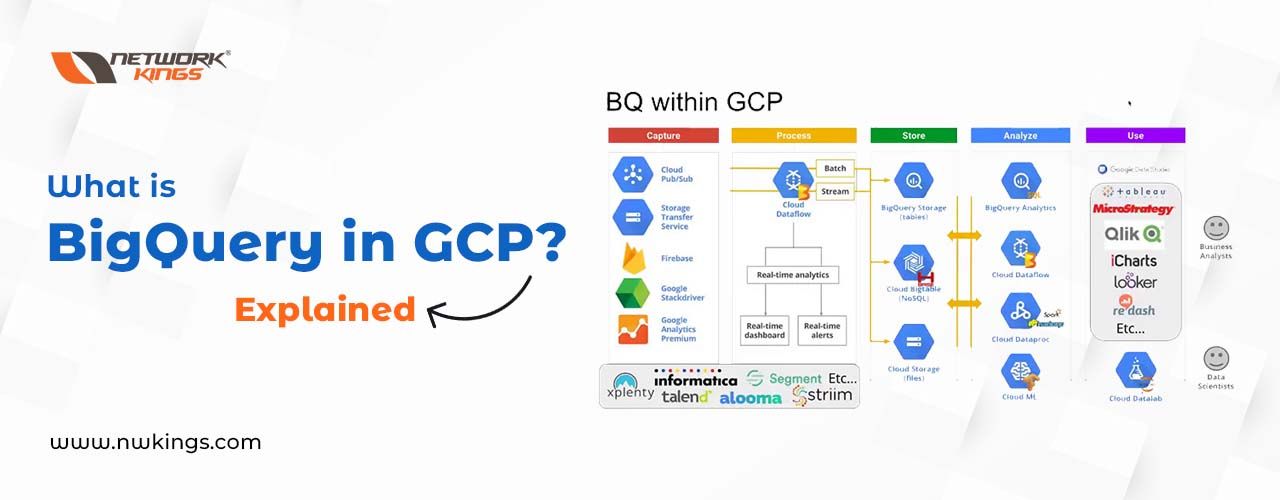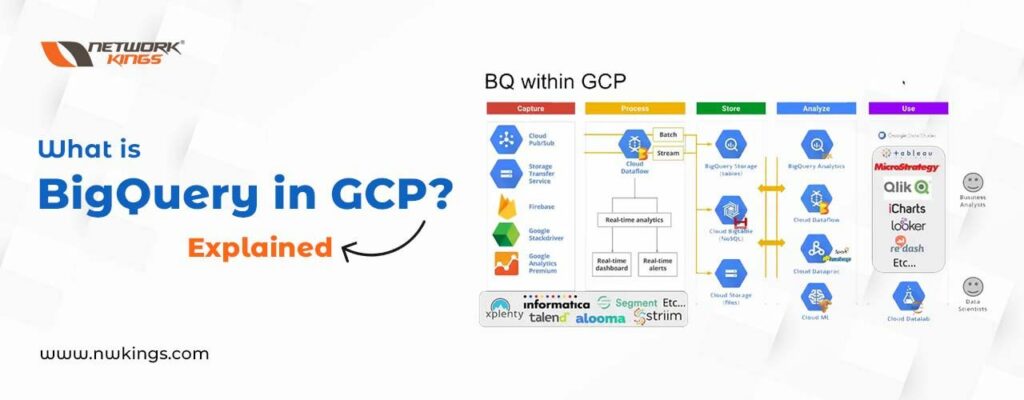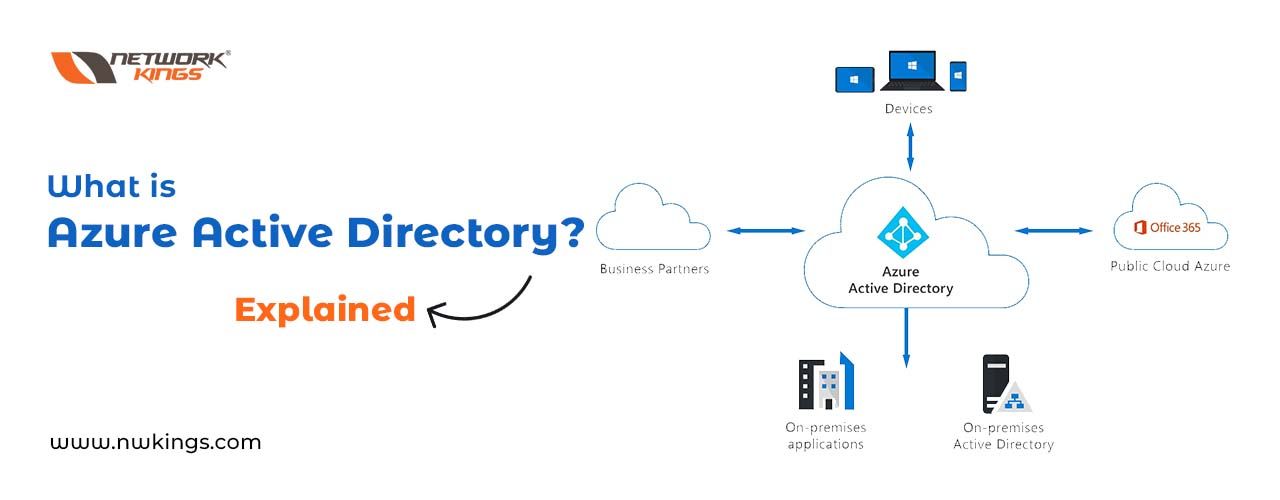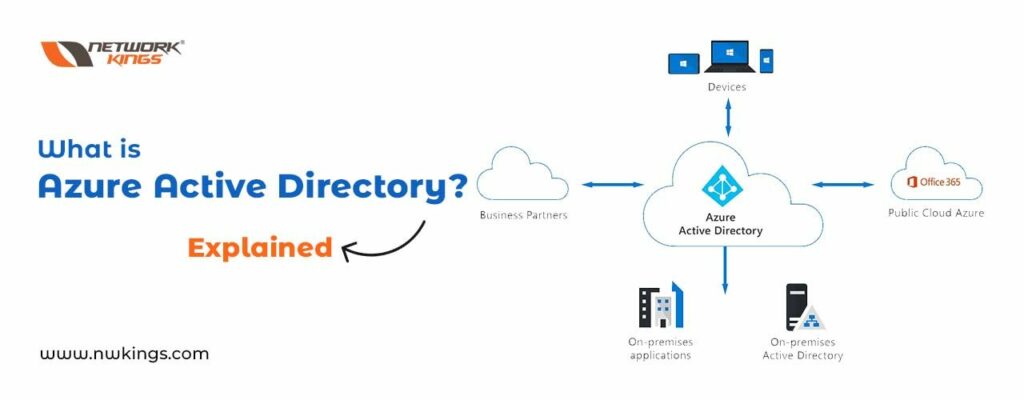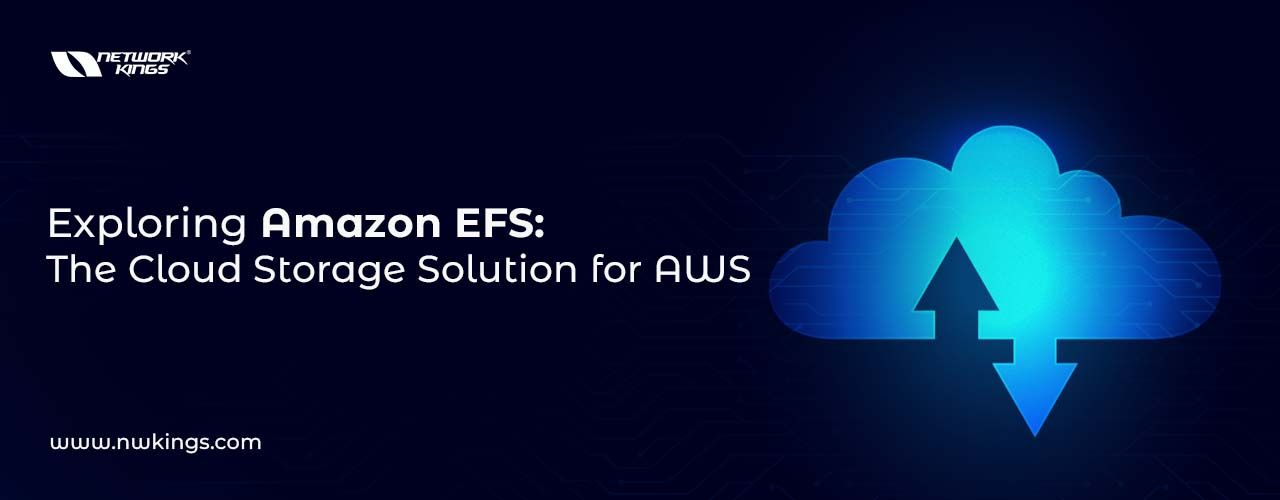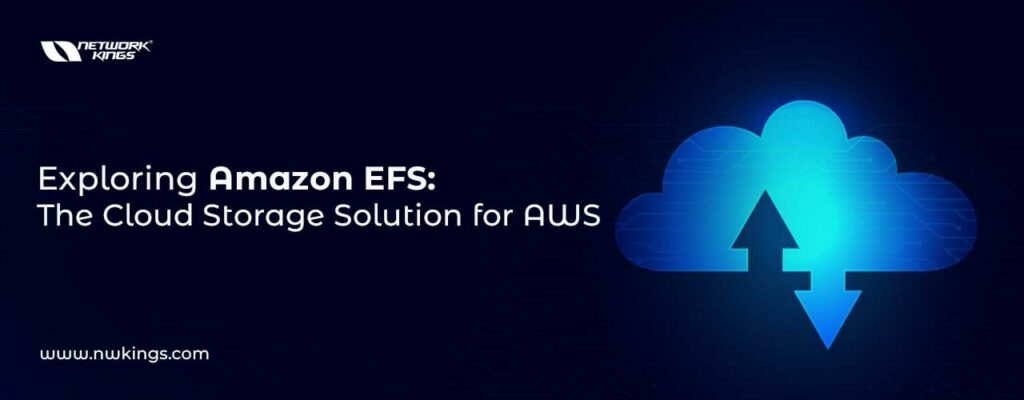
Are you looking for the best IT training courses for a successful career in the tech industry? In today’s digital age, information technology (IT) has become an integral part of our lives. As technology continues to advance at an unprecedented pace, the demand for skilled IT professionals is constantly growing. Whether you’re a recent graduate, a career changer, or simply looking to enhance your skills, IT training can provide you with the knowledge and expertise needed to thrive in this competitive field.
This blog post will serve as a comprehensive guide to IT training, covering various aspects such as IT training programs, courses, online options, job placement, and more.
What is IT Training?
IT training is a crucial asset for any trendy business. By equipping employees with the latest skills and knowledge, companies can remain competitive, enhance efficiency, improve career growth, promote creation, and comply with legal and regulatory requirements.
There are various modes of IT Training, like online, and offline, and some free resources like YouTube.
What are the popular IT Training Courses?
Here is a list of popular IT Training courses:
CCNA 200-301: The CCNA Course helps learners with all the necessary skills required in the field of networking. The Cisco Certified Network Associate (CCNA) is a beginner-level technical certification course offered by Cisco which serves as the stepping stone in your IT career catering to you with all the necessary skills required in the field of Networking. CCNA Certification is one of the most popular & in-demand Networking certifications in the industry. The CCNA course covers the essentials of Networking such as Network Security Fundamentals, Automation, Programmability, and Routing and switching. You’ll get in-depth CCNA training after enrolling & can become a skilled Network Engineer in the tech world.
CCNP Enterprise: The Cisco Certified Network Professional (CCNP) is an intermediate-level course offered by Cisco that provides in-depth knowledge, understanding, functioning, and maintenance of the study of everything regarding Service Providing Solutions and Networking. The Cisco CCNP course consists of the core technologies with Enterprise Specialization as it is an upgrade of the pre-existing Networking experience provided through Cisco CCNA certification for CCNP training. CCNP Enterprise training involves advanced Routing, Switching, Troubleshooting, Security, SDN, etc.
CCIE Enterprise: The CCIE course training is a perfect solution for you! The Cisco Certified Internetwork Expert (CCIE) Enterprise course is an advanced-level certification offered by Cisco Systems. The CCIE training program validates your skills in designing, deploying, and troubleshooting complex enterprise networks. CCIE course is one of the most prestigious certifications for those learners who want to gain advanced knowledge and skills in various networking areas.
CCIE Enterprise Wireless: The CCIE Enterprise Wireless course is all set to equip you with the best. The CCIE Enterprise Wireless certification will provide you with in-depth knowledge and hands-on experience in the field of wireless networking. Also, you can make up to 10+ LPA as a fresher with our top-notch CCIE Enterprise Wireless training.
CCNP Data Center: The Cisco Certified Network Professional certification or CCNP course is an intermediate-level course offered by Cisco that provides in-depth knowledge, understanding, functioning, and maintenance of the study of everything regarding Data Center Solutions and Networking. The CCNP Data Center professionals’ role is to develop, deploy, and monitor the modern Data Center Infrastructure. CCNP Data Center training provides an in-depth understanding of complex CCNP Data Center course environments, policy-driven infrastructure, virtualization, automation, and orchestration.
CCIE Data Center: The CCIE Data Center training is the best choice to learn how to scale and secure infrastructure using the power of automation. The CCIE Data Center certification is the most distinguished certification offered by Cisco that can place you as a technical leader in the fast-paced world of data center infrastructure.
Cisco SD-WAN: The SD-WAN Certification helps in upgrading skills and knowledge regarding in-depth networking. The Software-Defined Wide Area Network or SD-WAN course builds expertise in designing, installing, arranging, and managing SD-WAN solutions in wide networks in a short period. The Cisco SD-WAN training Certification also teaches the SD-WAN installation and migration, placement of controllers, deploying and replacing edge devices, and the ways to configure Direct Internet Access (DIA).
CCNP Security: The Cisco Certified Network Professional or CCNP course certification is offered by Cisco. CCNP Security training certification deals with the study of the skills of the candidates required to Secure Network Design and Implementation using Cisco Secure Access, Edge Network Security, Threat Control, and Secure Mobility solutions.
CCIE Security: The Cisco Certified Internetwork Expert or CCIE course Certification is meant for Senior Engineers and falls under the category of expert certifications offered by Cisco. CCIE training or CCIE Security training certification deals with the study of complex Security Solutions and further helps in understanding, designing, deploying, and managing the Network Systems to keep them secure.
CCNP Service Provider: The Cisco Certified Network Professional certification or CCNP course is an intermediate-level course offered by Cisco that provides in-depth knowledge, understanding, functioning, and maintenance of the study of everything regarding Service Providing Solutions and Networking. CCNP SPCOR training plays a very prominent role in providing Data Services to customers and clients securely and safely. The Cisco CCNP SPCOR course certification focuses on the knowledge of Service Provider Infrastructure including core Architecture, Services, Networking, Automation, Quality of services, Security, and Network assurance.
CCIE Service Provider: The CCIE Service Provider training will equip you with the in-demand IT expertise. The CCIE Service Provider certification will provide you with the skills and knowledge required to become a certified expert in the field of service provider networking. Whether you are a networking professional looking to enhance your career or a beginner interested in starting a career in networking, the CCIE Service Provider course is tailored to meet your needs.
Python for Network Eng: The Python for Network Engineers course is designed for Network Engineers to learn Python course and other forms of Automation skills using Python Programming Language to manage Networks and Devices. Python for Network Engineers training deals with the study of how to Automate tasks on Routers and Switches using Python. With a proper knowledge of Networking coupled with Python training, one can automate networking tasks.
Cisco DevNet Associate: The Cisco DevNet Associate certification or DevNet course is an entry-level course offered by Cisco that provides an in-depth understanding of Security, Automation, and Network Infrastructures. One can learn the best practices of modern Software Development, DevOps, and how to securely interact with Application Programming Interfaces (APIs) to automate existing manual processes with DevNet training.
CCIE DevNet: This CCIE DevNet course makes you an expert in planning, developing, designing, and maintaining complex network environments that run on automation.
With the CCIE DevNet certification, you can take on leadership roles in the agile automation-driven IT landscape.
What are the benefits of IT Training?
Here are the benefits of online IT Training:
Job opportunities
The tech industry is known for its abundance of job opportunities. By pursuing IT training, you increase your chances of securing lucrative positions in fields such as software development, network administration, cloud computing, cybersecurity, and more. The demand for skilled IT professionals continues to outpace supply, making it an opportune time to enter this field.
Lucrative salaries
IT professionals are highly sought after due to their specialized skill set. With the right training and expertise, you can command competitive salaries and enjoy financial stability. The tech industry is known for its generous compensation packages, which often include benefits like bonuses, stock options, and flexible work arrangements.
Continuous learning
IT (Information Technology) is an ever-evolving field where new technologies emerge frequently. By investing in IT training, you develop a mindset of continuous learning, allowing you to adapt to changing trends and stay ahead of the curve. This adaptability is highly valued in the tech industry and can lead to long-term career success.
Versatile skill set
IT training equips you with a versatile skill set that is applicable across industries. From finance and healthcare to entertainment and e-commerce, every sector relies on technology to drive innovation and efficiency. By gaining expertise in IT, you position yourself as a valuable asset in various domains.
Where to pursue Online IT Training?
Network Kings is a reputed platform for pursuing online IT training because Network Kings is completing its mission to prepare students and contribute at least 1M Engineers and is performing constantly to achieve their mission. Some benefits of pursuing IT training online from Network Kings include:
- Flexibility: Online IT training allows you to learn at your own pace and convenience. You can access the training materials and lectures anytime and anywhere, making it suitable for individuals with busy schedules.
- Industry-relevant courses: Network Kings offers a wide range of IT courses that are designed to meet the industry’s demands. Their courses cover various domains, including networking, cybersecurity, cloud computing, and more.
- Experienced instructors: The trainers at Network Kings are highly experienced professionals with extensive knowledge in their respective fields. They provide comprehensive guidance and support throughout the training to ensure a quality learning experience.
- Hands-on practical training: Network Kings emphasizes hands-on practical training to enhance your skills and understanding of IT concepts. They provide lab sessions and real-world scenarios to help you apply your knowledge in a practical setting.
- Certification preparation: Network Kings offers training programs that focus on preparing you for industry-recognized certifications such as Cisco CCNA, CCNP, Microsoft Azure, and CompTIA Security+. These certifications can enhance your career prospects and validate your expertise in the IT industry.
- Networking opportunities: By joining Network Kings, you become part of a community of like-minded IT professionals and experts. This provides networking opportunities and allows you to connect with industry peers, expanding your professional network.
What are the job opportunities after IT Training Programs?
Here are the job opportunities after the IT Training:
- Network Architect
- Network Engineer
- Network Administrator
- Senior Network Engineer
- Systems Engineer
- Network Security Engineer
- Wireless Network Engineer
- Cloud Infrastructure Engineer
- Network Operations Center (NOC) Engineer
- IT Manager
- Technical Project Manager
- Solution Architect
- DevOps Engineer
- Pre-sales Engineer
- Network Consultant
- VoIP Engineer
- Data Center Engineer
- Network Analyst
- Network Support Engineer
- Cybersecurity Engineer
What are the salary expectations after the IT Training Programs?
Here are the salary expectations after the IT Training Courses from Network Kings:
- United States: USD 100,000 – USD 200,000 per year
- Canada: CAD 80,000 – CAD 150,000 per year
- United Kingdom: $70,000 – $120,000 per year
- Germany: $60,000 – $120,000 per year
- France: $60,000 – $100,000 per year
- Australia: AUD 80,000 – AUD 140,000 per year
- United Arab Emirates: $60,000 – $120,000 per year
- Saudi Arabia: $50,000 – $100,000 per year
- Singapore: $60,000 – $120,000 per year
- India: INR 20,000 – INR 70,000 per year
- China: $50,000 – $100,000 per year
- Japan: $70,000 – $120,000 per year
- South Africa: $30,000 – $70,000 per year
- Brazil: $30,000 – $70,000 per year
- Mexico: $30,000 – $60,000 per year
Conclusion
IT training is an essential step towards building a successful career in the ever-evolving field of information technology. Whether you choose to pursue a full-fledged program or opt for individual courses online, investing in your professional development through IT training will equip you with the necessary skills and knowledge to thrive in the digital world. With an abundance of career opportunities awaiting skilled IT professionals, now is the perfect time to embark on your journey towards unlocking your potential in this exciting industry!




